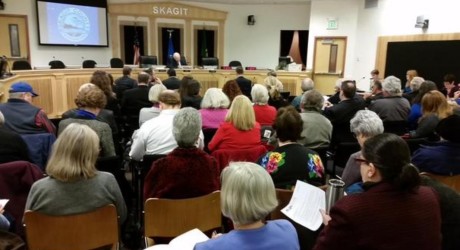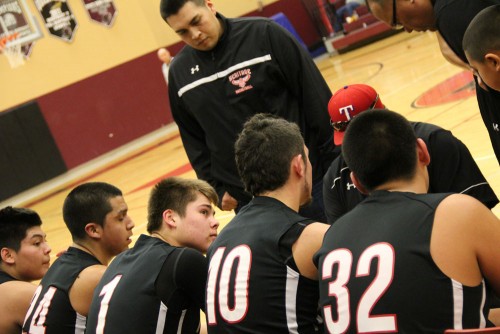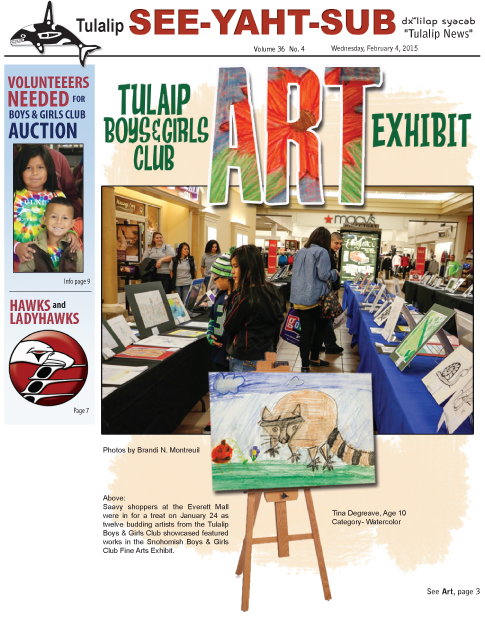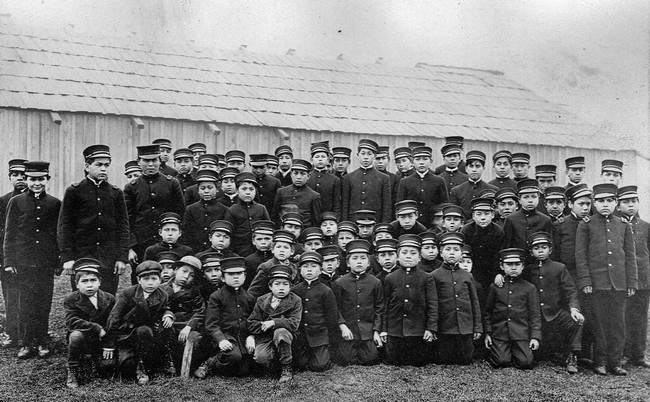By Tom Griffith, Rapid City Journal
Police opened an investigation Tuesday into a Saturday night incident in which a group of Native American students was reportedly subjected to beer baths and racial slurs while attending a Rapid City Rush hockey game.
Rapid City Police Lt. Mark Eisenbraun said his department had just opened an investigation into the matter Tuesday afternoon.
“It was just reported to me that we have had parents of the kids call in and give us information that will allow us to investigate this incident further,” Eisenbraun said. “So we have opened an investigation, and we thank the public for reporting criminal activity when they see it.”
Also Tuesday, a witness stepped forward with more information about the incident.
Andy Hollander, of Sturgis, a season ticket holder and longtime former supervisor of officials for USA Hockey, said he was 10 to 15 seats away from the American Horse School group from Allen, which had a total of 65 tickets for students and their chaperones. Hollander said the student group was one of the best-behaved he has seen in his years of attending games.
Hollander said he was too far away to hear what happened, but he saw two men in the skybox above the students “who seemed to be taking real pleasure in continuing the confrontation” with an adult member of the school group.
The group left before the game ended, leaving three empty rows. Hollander said the men in the skybox “seemed to gloat over what they had accomplished in chasing the student group from the game” and handed out a number of beers to other fans in what Hollander said appeared to be a “celebration.” He said several other people in the skybox “seemed extremely uncomfortable with what was going on.”
The group left before the end of the third period of a game that went into overtime and a shootout, with the Rush eventually losing to the Wichita Thunder 4-3.
“It was a very exciting finish, and they missed it,” Hollander said.
He hopes the men in the skybox will apologize publicly to the kids and be barred from attending future events at the Rushmore Plaza Civic Center, and he hopes the students will be brought back for another game and given a few perks.
Meanwhile, the Rushmore Plaza Civic Center’s director and the president of Eagle Sales said Tuesday they were devastated by the episode.
“Having been in the industry for 25 years, I’ve never seen anything like this before,” said Craig Baltzer, executive director of the civic center. “I am amazed by what kind of idiots there are in the world.”
Eagle Sales of the Black Hills President Tom Helland called the incident “incredibly horrible.” Helland, a beer distributor, rents the arena suite from which one person, and possibly as many as three others, slung beer and racial epithets at the group of fourth- through eighth-graders from the school’s 21st Century Club, who were seated below.
“I feel terrible about it,” Helland said. “Unfortunately, we can’t change what happened. From what I gathered, it was one individual who did most of the inappropriate behavior. I don’t condone it and, if it was one of my employees, they’d no longer be employed.”
Helland, who was not at the Rush game, said one of his employees was in attendance, but neither that employee nor most of the other 20 people in the suite were aware of the incident. He said he had not yet been able to identify the offending individuals.
“We are cooperating with authorities, and we are working to get to the bottom of it,” Helland said. “I apologized to those children, those students who worked so hard to get to go to the game. And, it’s been devastating to me personally. I’m not used to getting beat up in social media. I even feel bad for the team, which had nothing to do with it whatsoever.”
Eisenbraun said it was too early to know what tack the probe would take. Earlier Tuesday, the police spokesman noted that Chief Karl Jegeris had been in conversations with civic center staff about the incident.
The episode comes just weeks before Rapid City voters go to the polls March 10 to decide the fate of the proposed $180 million expansion of the civic center. At a Tuesday morning coffee klatch at which the planned expansion was discussed, Payu Harris told attendees the incident made supporting the proposal problematic.
“I’m hearing words like ‘boycott,’” Harris said. “How do I go back (to other Native Americans) with that positive message” that they should vote for the civic center expansion?
Baltzer said the incident would undoubtedly lead to enhanced security at the civic center as well as additional training for staff.
Asked if the entire incident could be attributed to over-consumption of alcohol, Baltzer said he had no way of knowing if drinking contributed to such behavior.
“It’s hard to catch everything when there are 5,000 people in attendance,” he said, sighing. “I think it is possible they were mental midgets with the added courage of drinking, but I don’t know. I did get a report they were drinking beer, but I don’t know their stage of drunkenness.
“We do refuse admittance to people who are clearly too intoxicated. We do cut people off just like a bar, or we eject them, or there can be further action,” Baltzer added.
Calls seeking comment from American Horse School Principal Jodi Richards, one of the student chaperones at Saturday night’s game, were not immediately returned Tuesday.
















